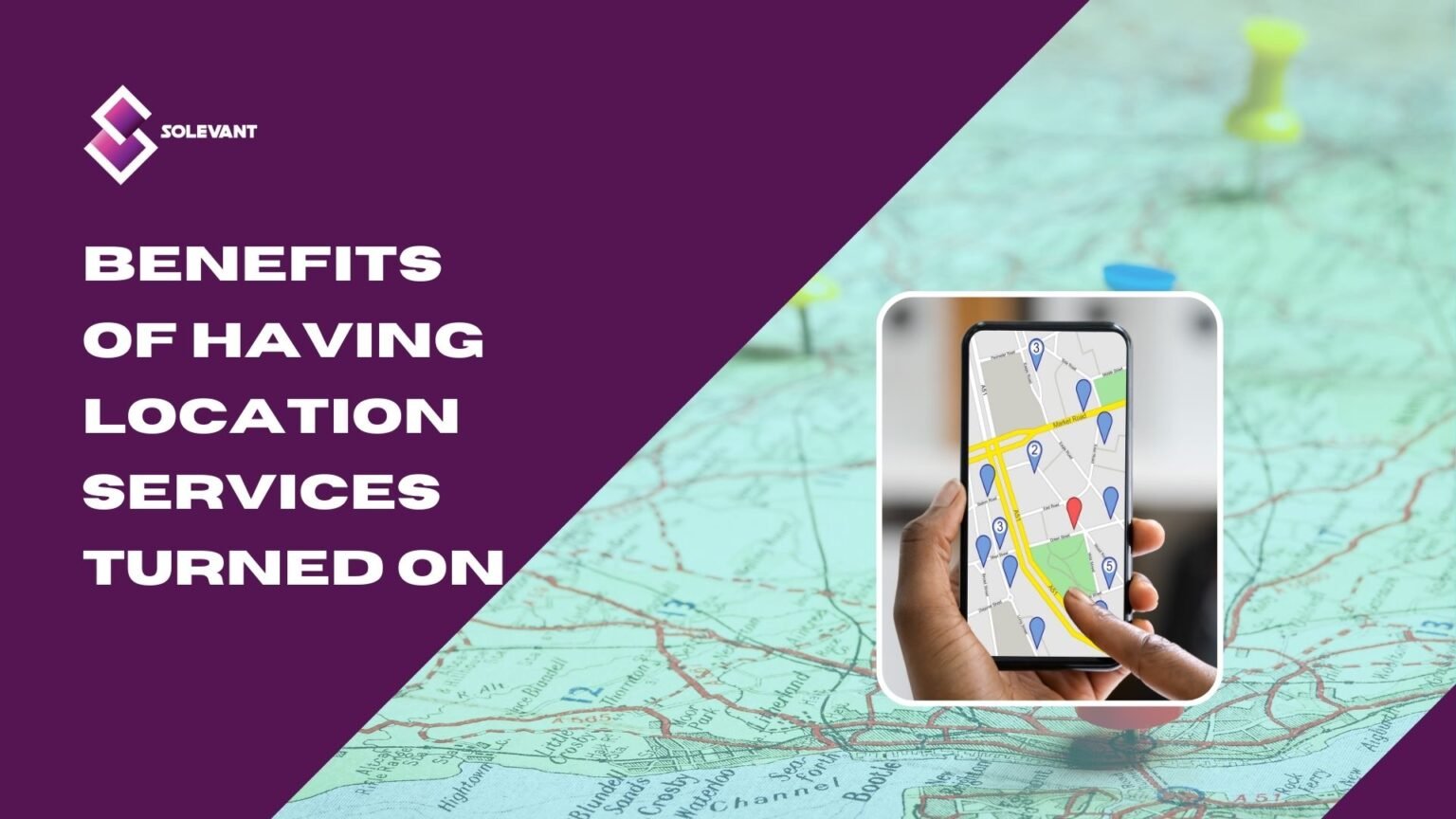If you’re not familiar with the term “rapid prototyping,” it simply refers to the creation of a prototype in a shorter timeframe than would traditionally be required. 3D printing is one of the most popular methods of rapid prototyping, as it allows for the creation of a three-dimensional model of a product or design.
This technology has revolutionized the world of product development, as it allows for the creation of prototypes in a matter of hours or days rather than the weeks or months that would be necessary with conventional methods.
This article will explain what rapid prototyping is and how it can be used in the development of new products.

What is Rapid Prototyping?
In a nutshell, rapid prototyping is a 3D printing technique that allows you to quickly create prototypes of products and parts for testing purposes. This process involves the use of specialized 3D printers that are designed to create highly detailed objects from a variety of materials, including plastic and metal.
This technique is often used in product development, as it allows for quick feedback on design changes or modifications before committing to expensive tooling or manufacturing processes. This means that designers and engineers can quickly test and modify their product designs before committing to production.
However, this process isn’t only limited to product development. Rapid prototyping can also be used for marketing prototypes, and even low-volume production runs.
If we look around, we can see that this technology is being used in a variety of industries, from aerospace and automotive to medical devices and consumer electronics. Even other disciplines like architecture, UX design, and game development are now benefiting from rapid prototyping.
How Rapid Prototyping Works in 3D Printing
The rapid prototyping process starts with the creation of a 3D model of the product or part. This is usually done using CAD (computer-aided design) software, which allows for the creation of detailed models with precise dimensions and specifications.
Once the design has been created, it is sent to a 3D printer that is capable of creating the desired object. The printer then uses extrusion or powder bed technology to build up the model layer by layer until it is finished.
This process is highly accurate and can create extremely detailed objects in a fraction of the time it would take to make them using traditional manufacturing processes.
Advantages of Rapid Prototyping
Like any other process, rapid prototyping has its advantages and disadvantages that need to be taken into consideration. Here are the advantages of rapid prototyping that make it a great choice for producing complex parts quickly:
Speed
With rapid prototyping, you can produce complex parts in a fraction of the time it takes with traditional manufacturing methods like injection molding or CNC machining. Even though its speed varies from one process to another, it does offer you the opportunity to iterate, experiment, and make quicker decisions about your product within a shorter time frame.
Accuracy
Rapid prototyping makes it possible to make parts with tight tolerances and complicated shapes that might be impossible to make with traditional manufacturing methods. Very intricate features and details can be easily produced with rapid prototyping, resulting in parts that are ready for testing or mass production.
Cost-Effectiveness
When compared to traditional methods, rapid prototyping can be more cost-effective when it comes to producing small batches of parts. Since the process is automated and there are no tooling costs, you can produce parts in small quantities at an affordable price. This makes it ideal for prototyping and testing before proceeding to the production phase.
Better Design Comments
After the prototype has been completed, it can be used to get feedback from users or customers. This is because the prototype typically looks and functions similar to the final product, so it can be used to gain valuable insights about the design or any other improvements that need to be made before entering mass production.
Reduction of Risk
Rapid prototyping can help reduce risks associated with the production of parts since you are able to test out a design before proceeding to actual manufacturing. This helps to avoid costly mistakes and delays, allowing you to make faster decisions based on the results from the prototype.
Immediately Adopt Changes
After the prototype has been completed, any changes or improvements can be immediately implemented without having to go through the design process again. This saves a lot of time and effort since you can simply iterate and refine the design until it meets your requirements.
By leveraging the advantages of rapid prototyping, you can create accurate parts with tight tolerances, a wide range of materials, and shorter lead times. This makes it ideal for quick iterations, functional testing, and even short-run production runs.
Disadvantages of Rapid Prototype
Though rapid prototyping is a great way to produce parts quickly and accurately, it does come with some drawbacks that need to be considered. Here are some of the disadvantages of rapid prototyping that you should be aware of before deciding to use it:
May Need a Qualified Operator
Especially if you are using a more complex rapid prototyping process like laser sintering or FDM, it may be necessary to have someone on the team who is a qualified operator in order to ensure that everything runs smoothly.
High Material Costs
Even though the process can be cost-effective when it comes to producing small batches of parts, the materials used in rapid prototyping can be expensive. This may be unavoidable if you are using complex materials like metals or ceramics, so it is important to keep this in mind when budgeting for your project.
Limited Range of Materials
Rapid prototyping is typically limited to thermoplastics and some metals, so it may not be possible to create parts with complex materials like composites or ceramics. In these cases, traditional manufacturing methods may be necessary to achieve the desired results.
Types and Techniques of Rapid Prototypes
Rapid prototyping has become a very popular tool for product development, but there are several different types of rapid prototyping technology as well as different techniques for creating them. Let’s take a look at some of the most popular rapid prototyping processes and how they work:
1. Selective Laser Sintering (SLS)
This is one of the most common types of rapid prototyping, and it involves using a laser to fuse together small particles of plastic, metal, or ceramic material. The laser is used to selectively heat the particles and fuse them together in order to create a three-dimensional object.
SLS 3D is a very precise and accurate method of creating complex objects, and it is good for producing parts with intricate details. Compared to other processes, SLS 3D printing is also fairly cost-effective.
Pros
- Highly precise and accurate
- Good for producing intricate details
- No support structure is needed
- Perfect for dying and coloring.
Cons
- Limited range of materials
- Multiple materials cannot be printed at once.
2. Stereo Lithography (SLA)
This process is similar to selective laser sintering, but instead of using a laser, it uses ultraviolet (UV) light. This UV light reacts with a photosensitive resin, which causes the liquid material to harden into a solid form. SLA is often used for creating highly detailed components, as it can produce objects with extremely fine details and intricate features.
It is also good for producing objects with smooth surfaces, which makes it a popular choice for prototyping products that require a high level of finish. SLA always requires complicated support structures and post-processing steps to ensure the accuracy of the parts being printed which can be quite time-consuming.
Pros
- Highly accurate
- Good for intricate details and shapes
- Smooth surface finish
Cons
- Support structures required
- Post-processing is necessary.
3. Fused Deposition Modeling (FDM)
FDM is another popular rapid prototyping process that uses thermoplastics to build three-dimensional models. The material is fed into a heated nozzle which then melts the plastic and deposits it in layers.
This method is often used for prototyping parts for consumer products, as the process can be very cost-effective and the finished parts have good strength and durability. It is also possible to use FDM to produce highly detailed objects, although this requires a high degree of skill and precision.
Pros
- Low cost compared to other methods
- Good for detailed objects
- Almost no post-processing is necessary.
- Can simultaneously print on multiple materials
- Large range of materials available
Cons
- Can be slow
- Not as accurate as other methods.
- Good strength and durability
- Highly detailed parts can be produced
- Layering results in low Z-axis strength
4. Direct Metal Laser Sintering(DMLS)
Rapid prototyping using direct metal laser sintering (DMLS) is a relatively new method of 3D printing that can produce highly accurate, complex parts from metal powders with intricate details. It’s gained a lot of attention due to its ability to produce extremely intricate and detailed parts, and its ability to quickly manufacture complex geometries that would be difficult or impossible to create by traditional methods.
Pros
- Ability to produce highly detailed and complex parts
- Quick turnaround times: Because the parts are produced directly from a CAD model, there is no need to create molds or patterns, resulting in shorter lead times.
- Wide range of materials.
Cons
- The cost of the equipment is high
- It can be difficult to achieve a consistent finish on parts
- It requires support structures for overhanging parts.
- Requires large amounts of power materials.
- Post-processing is required
5. Multi Jet Fusion (MJF)
Multi Jet Fusion (MJF) is a relatively new 3D printing technique that combines the accuracy of SLS and SLA with the speed of FDM. It is capable of producing highly accurate parts in a fraction of the time it takes with other methods, and can also produce objects with smooth surfaces and good mechanical properties. MJF is also good for producing parts with multiple colors, textures, and finishes.
Pros
- Incredibly quick print speed
- Can print simultaneously using multiple materials
- Excellent surface finish
- Good mechanical properties
Cons
- Requires specialized processing and post-processing steps
- High cost of materials
6. Binder Jetting
It offers another way to quickly manufacture 3D parts from metal, plastic, and ceramic materials. It uses a material binder and a powdery printing material which is then bonded together in layers. Binder jetting is especially useful for producing large quantities of parts quickly and efficiently, as it can be scaled up to produce multiple parts at once.
Pros
- Faster printing speeds
- Cheaper compared to other methods
Cons
- A limited number of materials
- Unfinished surface so it needs post-processing.
7. Poly Jetting
Poly jetting is a 3D printing process that uses UV-curable liquid photopolymer materials to create parts. It is an ideal method for producing highly accurate and detailed parts, as well as for prototyping multiple materials in a single build. Poly jetting is also capable of achieving highly accurate features and tight tolerances.
Pros
- It can print intricate shapes and thin walls with high accuracy
- High-resolution and stronger parts can be created
- Wide range of materials available
Cons
- It is an expensive process
- Post-processing is required to improve surface finish
- Not adequate for functional testing
8. CNC Machining
It is a subtractive manufacturing process which uses computer-controlled cutting tools to remove material from the workpiece. It is capable of producing highly accurate parts with tight tolerances and complex geometries, and is a great choice for rapid prototyping of metal, plastic and ceramic materials.
Pros
- High-accuracy parts with tight tolerances
- Excellent surface finish
- Wide range of materials can be used
- Suitable for functional testing.
Cons
- Low Z-axis strength
- High cost of materials and process
- Long lead times for production
- Geometric restrictions.
FAQ
Rapid prototyping is a process used in 3D printing to quickly create physical objects from digital designs. It involves using special 3D printing software to create a 3D model of the desired object and then printing it out layer by layer. This process is much faster than traditional manufacturing methods and allows for faster iteration, testing, and development of products.
Not quite. While both rapid prototyping and 3D printing involve the use of 3D printing technology, they are two different processes. Rapid prototyping is the process of quickly producing physical objects from digital designs, while 3D printing is used to create parts and components on demand.
The three phases of rapid prototyping are design, production, and testing. The design phase involves creating a digital 3D model of the desired object. The production phase involves printing out the 3D model layer by layer with a 3D printer. Finally, the testing phase involves analyzing and evaluating the printed object to determine its quality and functionality.
Rapid prototyping offers a number of advantages, including faster iteration, development, and testing of products. This allows companies to quickly bring new products to market and reduce the amount of time and money spent on research and development.
Wrap-up
Rapid prototyping is a fast and efficient way to create physical objects from digital designs using 3D printing technology. It involves three main phases: design, production, and testing. This process allows you to bring products to market faster, reducing the time and costs spent on research and development.
With rapid prototyping, you can continuously innovate and develop new products faster than ever before. By exploiting the speed of 3D printing technology, you can remain competitive in an ever-changing market.
Why not give rapid prototyping a try and see how it can help your business? And If you’re interested in learning more about 3D printing, be sure to check out our other articles.







